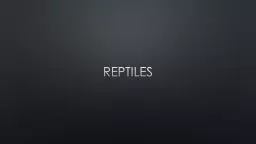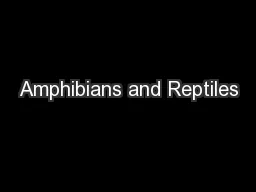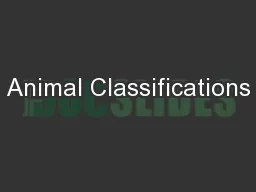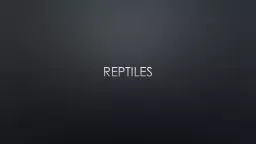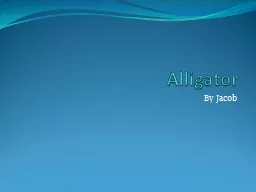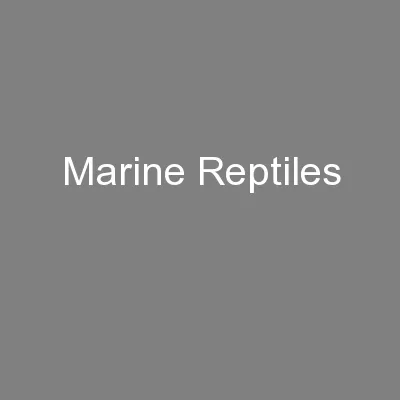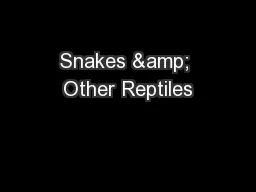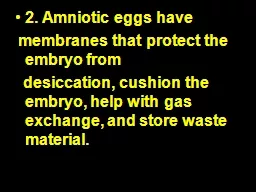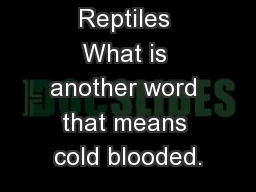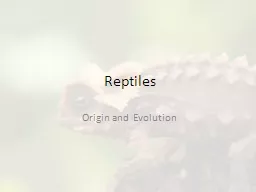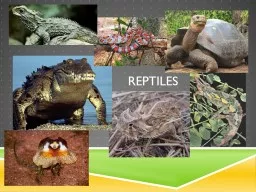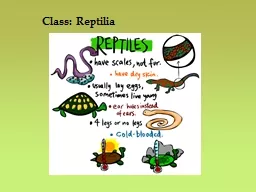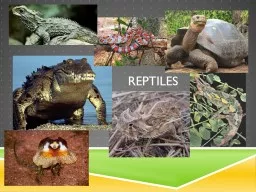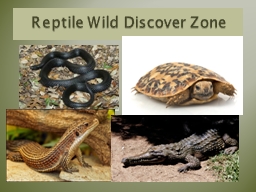PPT-Reptiles What is a Reptile?
Author : kittie-lecroy | Published Date : 2019-01-26
Reptiles have a welldeveloped skull a backbone and tail four limbs Snakes will be limbless and turtles have hard shells that are fused with their vertebrae All reptiles
Presentation Embed Code
Download Presentation
Download Presentation The PPT/PDF document "Reptiles What is a Reptile?" is the property of its rightful owner. Permission is granted to download and print the materials on this website for personal, non-commercial use only, and to display it on your personal computer provided you do not modify the materials and that you retain all copyright notices contained in the materials. By downloading content from our website, you accept the terms of this agreement.
Reptiles What is a Reptile?: Transcript
Download Rules Of Document
"Reptiles What is a Reptile?"The content belongs to its owner. You may download and print it for personal use, without modification, and keep all copyright notices. By downloading, you agree to these terms.
Related Documents

